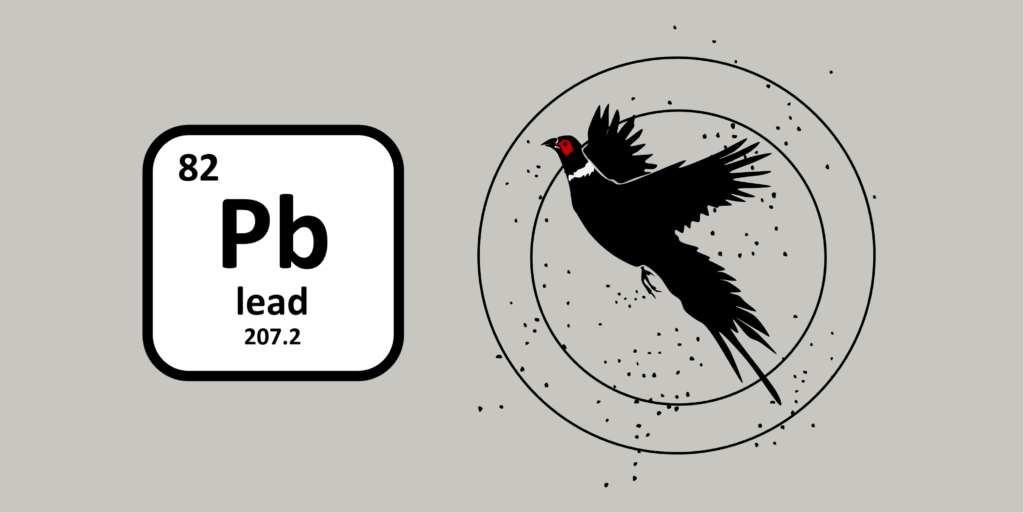Phasing out toxic lead voluntarily just isn’t working…

Today a study on the use of lead shot in Pheasant shooting has been released – it has some significant (but not necessarily surprising) results. We’re now three years into a five-year pledge completely to phase out lead shot in UK game hunting, made by nine major UK shooting and rural organisations. The Cambridge study has revealed that in the 2022-23 season 94% of pheasants being sold on supermarket shelves, in butchers and by game dealers were shot using lead.
This is quite clearly a very small decrease – an average of a 2% reduction per year of the pledge. At this rate of change, it would take the industry another 47 years to phase out the use of lead shot – just a little bit longer than the 5 years they committed to.
The study, undertaken by scientists at University of Cambridge and published in Conservation Evidence Journal can be read here. A team of 17 volunteers scoured shops, butchers and game dealers for Pheasant in late 2022 and early 2023; they managed to round up 356 carcasses. Of these, 235 contained embedded shotgun pellets. These pellets were then analysed in a laboratory to determine the main metal present – in 94% of them, this was lead.
There has been a (very) small improvement in these figures; the same analysis carried out in 2020-21, and 2021-22 found that over 99% of pheasants were shot with lead. That said, a decrease of 6% goes to show that phasing out lead voluntarily simply isn’t working fast enough.
We’ve spoken about lead contamination of game meat, and it’s detrimental impact on human health, several times in the past few years. Lead is a known toxin which accumulates with repeated exposure; it can cause health issues in adults, and has neurological effects on babies and children.
The pledge to go lead-free was made back in 2020 by a consortium of organisations including Game and Wildlife Conservation Trust (GWCT), British Association for Shooting and Conservation (BASC), Countryside Alliance and British Game Assurance (BGA) amongst others. It called on members, supporters and shooters to voluntarily switch to an alternative and non-toxic type of shot, such as steel or copper.
This transition should be an easy one. Alternative steel shot is practical, and can be used with most existing shotguns. There’s been plenty of guidance provided by the likes of GWCT and others, who’ve actively encouraged their community to adopt alternatives, since they made their commitment back in 2020. Other countries have had great success with a switch; Denmark’s shooting community have stopped using lead since it was banned back in 1996. It seems that the lacking factor here isn’t practicality – but a case of will by hunters and shooters.
The sector’s pledge was offered voluntarily, but in the face of mounting pressure from both the public and governing bodies concerned with lead ammunition. Last year the Health and Safety Executive (HSE) consulted on a proposed restriction, even ban, of lead ammunition – which we’re still waiting to hear back about.
The first author of the Cambridge study, Professor Rhys Green, agrees that the decrease is nowhere near on track to meet a 2025 deadline: “If UK game hunters are going to phase out lead shot voluntarily, they’re not doing very well so far,” he said.
It seems that the five-year pledge may have been an attempt by the industry to get a head-start on the transition, before it was strictly enforced. It seems so far, that head-start has turned into more of a false start.
